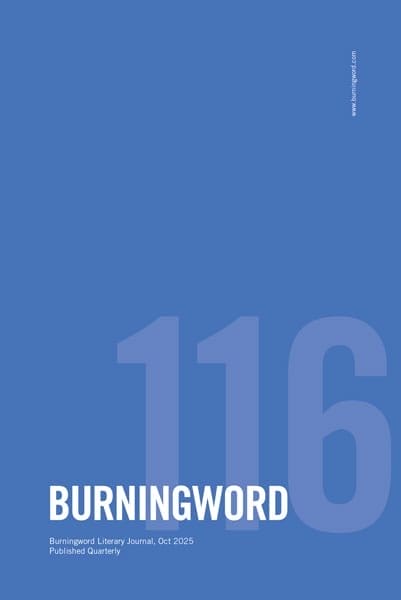One October when I was eight, I made gravestones of me and my family. Perhaps I had a fascination with death. Perhaps I wanted to feel the stickiness of glue between my thumb and forefinger and the permanence of a Sharpie in my hand. I asked my mother to buy grey and brown construction paper—grey for the headstone, brown for the dirt—so I could make them and place them against our foyer wall so trick-or-treaters could see them when they approached the front door.
I grabbed one of my old wallet-sized school pictures and glue-sticked it to the grey construction paper underneath where I had put my name and birth and death dates in black permanent marker. I made one for my mother, father, and two younger brothers. I even made one for the dog. By the time my mother figured out what I was doing, it was too late. The paper gravestones were taped along the very bottom of the wall, the brown paper taped to the scratched hardwood floor directly in front. When my mother saw them all she said was, “I don’t like that.”
“But it’s decoration,” I said. “For Halloween.”
To me, they were as spooky and brilliant as my mother’s orangey-yellow glittering pumpkins she set up on the coffee table or the purple and black-clothed witch with the oversized boil on her crooked nose that sat on the bay window ledge.
“I don’t like seeing that,” she repeated.
“Well, I like it, so it’s staying,” I said, proud of my art.
But when I came home from school the next day, my art was gone. You could faintly see where the tape marks left diagonal lines of dirt from the day before.
I don’t remember what my mother said when I asked her where she had put my gravestones, except that it was probably as vague as what she told me the previous day when she first saw them.
Perhaps seeing her family all lined in a neat and tidy row at the bottom of a wall made her feel small. Perhaps she didn’t want to be reminded every morning when she’d walk past the foyer into the kitchen for her morning coffee that we would all end up at the bottom of a wall, beneath a floor, sinking further and further away from this earth. Perhaps it was just too soon.
“Too soon,” she said about a decade later when my father died at forty-five.
“Too soon,” she said two years after that when my grandmother died at sixty-eight.
Too soon. Too soon.
But these realities are everywhere in her home. She just masquerades them as something else.
In that same foyer is a staircase my father built that leads to the second floor. Photo frames hang in a diagonal line that ascend or cascade depending on which direction you’re going on the staircase. One diagonal line that runs parallel to the staircase has individual 8×10 frames of me and my two brothers. The other three or four lines hold various sized frames of my grandparents at my aunt’s wedding, my brother and one my cousins when they were about four in the Azores, a black and white photograph of my great-grandparents before they immigrated. It is a collage of family and life.
But all I see is a graveyard. A graveyard with its bony, dripping, crusty claws outstretched trying to grip another photo frame.
Every time I visit my mother, I’ll take a moment to lie on the cat-scratched twenty-year-old couch with my hands folded underneath my head and stare at the staircase wall. And then I’ll count the faces in my head.
Dead, dead, dead, alive, dead, alive, alive, dead.
No matter what, it’s always too soon for the living to turn dead.
Sarah Chaves is a 28-year-old Portuguese-American writer who strives to bring another strong female voice to the Portuguese literary world. In 2007, her father died in a car accident while her family was vacationing in the Azores, and since then, she has been working on a memoir that details her experience in the context of a grief and coming-of-age narrative. She completed the first draft during the 2015-2016 year as a Fulbright Scholar in Portugal and is now revising the second draft at Grub Street as part of the year-long Memoir Incubator Workshop.


